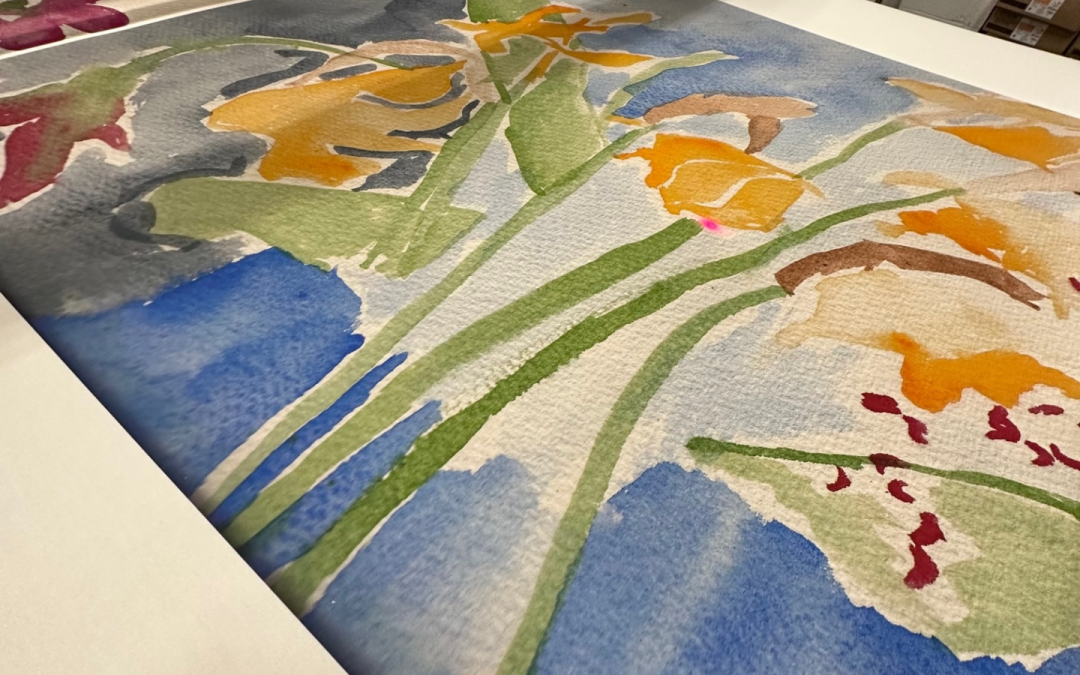Digital fabric printing has made significant strides in recent years, becoming a widely adopted technology in the textile industry. This technology enables designers and manufacturers to produce high-quality, custom-printed fabrics at a fraction of the time and cost compared to traditional printing methods. In this article, we will explore the advancements that have been made in fabric printing UK over the course of several years, and how these advancements have affected the textile industry. 
1. Improvement In Print Quality
One of the most notable advancements in digital printing on fabric has been the improvement in print quality. Early digital fabric printing techniques produced prints with lower resolution and color quality compared to traditional screen printing. However, with the advent of high-definition printing methods, digital fabric printing can now produce highly detailed and accurate prints that are virtually indistinguishable from traditional screen-printed fabrics. High-definition printing methods use specialized printheads that can produce up to 40 million droplets of ink per second, resulting in highly detailed and accurate prints. This has greatly improved the resolution and color quality of digitally printed fabrics.
2. Introduction Of Water-Based And Pigment Inks
Another significant advancement has been the introduction of water-based and pigment inks. Early digital fabric printing methods primarily used dye-sublimation inks, which often released toxic fumes or solvents into the air during printing. In recent years, water-based and pigment inks have been developed and adopted by the industry. These inks are much more environmentally friendly as they do not release any toxic fumes or solvents. They also adhere better to the fabric, making the prints more durable and resistant to fading.
3. Advancements In Software And Automation
Advancements in software and automation have also played a key role in the development of digital fabric printing UK. Today, the software can provide more accurate color matching, and can automate the design process, making it easier for designers to create high-quality prints. Automation also helps to streamline the printing process, resulting in faster turnaround times and lower costs.
4. Increasing Versatility Of Fabrics
In addition to the advancements in technology, fabric printing services have also become more versatile over the years. Initially, digital fabric printing could only print on synthetic fabrics, such as polyester. However, today digital fabric printing can print on a wider range of fabrics, including natural fibers such as cotton, linen, silk, and even some blends. This allows designers more creative freedom and offers a wide range of possibilities for custom fabrics and designs.
5. Increased Adoption Of Technology In Large-Scale Production
Another important advancement in digital fabric printing has been the increased adoption of technology in large-scale production. Early digital fabric printing methods were primarily used for small-scale projects and short-run production. However, today digital fabric printing is widely used in mass production. The speed and efficiency of digital fabric printing have greatly improved, making it a more viable option for large-scale projects. This has greatly increased the efficiency and productivity of textile manufacturers and opened up new possibilities for custom-printed fabrics in the fashion, home textiles, and interior design industries.
In addition, digital textile printing has opened up new opportunities for the textile industry to be more sustainable, it allows for smaller production runs and less waste in the production process. Digital textile printing is digital “on-demand” printing process, where each garment is printed with the same amount of ink and no need for screens, stencils, or plates, as well as no need for chemical washing or steaming.
6. It Has Become More Efficient And Sustainable
The advancements in digital fabric printing have greatly impacted the textile industry, making it more efficient and sustainable. With the ability to print on a wide range of fabrics, including natural fibers, digital fabric printing has opened up new possibilities for custom-printed fabrics in various industries, such as fashion, home textiles, and interior design. Additionally, with its efficiency and speed, digital fabric printing is now widely used in mass production, allowing textile manufacturers to increase their productivity and efficiency.
However, it is important to note that while digital fabric printing has come a long way, it still has its limitations. It may not be suitable for all types of fabrics, as some fabrics may not be compatible with the inks used in digital printing.
As the textile industry continues to evolve and adapt to new technologies, digital fabric printing will likely continue to improve and become more accessible to a wider range of designers and manufacturers. It is an exciting time for the textile industry, and digital fabric printing is playing a key role in shaping the future of textile production.
Wrapping Up
Digital fabric printing has made significant strides in recent years, becoming a widely adopted technology in the textile industry. Advancements in technology have greatly improved the quality and versatility of digitally printed fabrics, making them a more viable option for a wide range of applications, from fashion and interior design to upholstery and home textiles. With continued advancements in technology, it’s likely that digital fabric printing will continue to evolve and become even more widespread in the future. It not only opens up new opportunities for the textile industry to be more sustainable but also allows for more creativity and customization in the textile industry.

